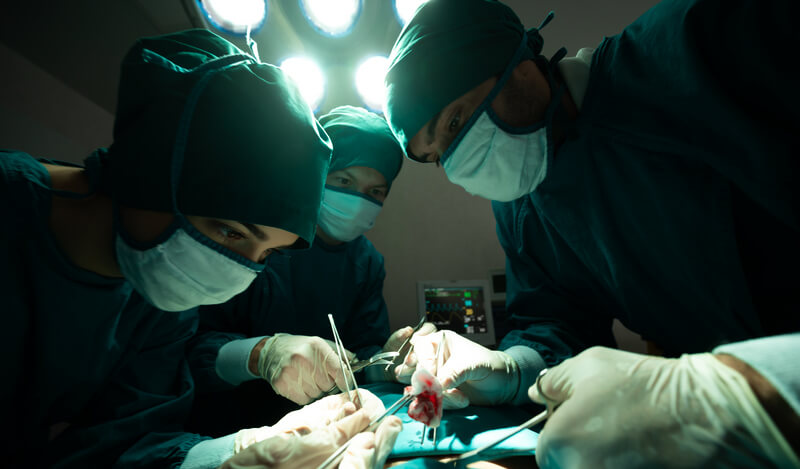6 Most Common Injuries To Healthcare Workers
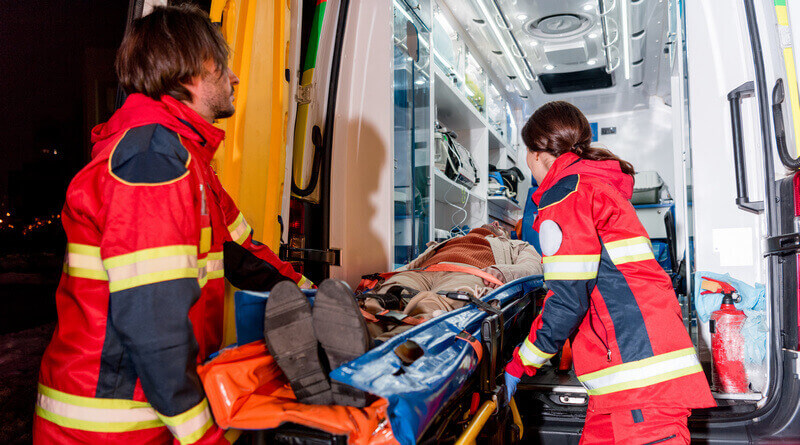
Patient safety is a main theme of our blog, but what about healthcare worker safety? Enjoy this guest post from Patient Handling addressing common safety risks to healthcare workers.
Healthcare workers rank at the top of the list of professionals with the most challenging and risky jobs. Despite the fact that research studies and statistics have proved that hospitals are one of the most unsafe and dangerous places to work, healthcare professionals continue to serve humanity regardless of the wide range of threats to their health.

Patient safety is a hot topic in healthcare, but what about healthcare worker safety?
According to International Labour Organization’s database of 1994, almost 51% of nurses and midwives in Australia are at the risk of developing various diseases dur to exposure to contaminated sharps. While the situation has definitely improved since then, the rate is still almost double to that of the whole private industry, including the manufacturing and construction industries. These facts are startling.
Who Is Considered A Healthcare Worker?
Everyone who works within the healthcare industry; in a hospital, clinic, nursing facility, or any other health centre, for protecting and improving the health of the masses in any way, qualifies as a healthcare worker. Doctors, nurses, and paramedics all come under this category.
Most Common Injuries to Healthcare Workers
Healthcare professionals work in a variety of settings and in the most difficult and challenging situations that expose them to unique dangers and risks almost all the time. Since the healthcare industry is one of the largest and fastest growing industries in Australia (more than 610,148 people were working as registered health practitioners, at one position or the other, in 2014), large numbers of people are continuously at risk.
The following types of injuries are most prevalent among healthcare workers:
• Musculoskeletal Injuries
The kind of work healthcare professionals are involved in is not only mentally challenging, but is also physically demanding. According to research studies, healthcare workers face 7 times higher risks for developing Musculoskeletal Injuries (MSDs) than workers working in other industries. Among all healthcare professionals, paramedics and nurses face the highest risk because they are involved in handling patients during rescues and transfers. Sprains and strains in different parts of the body are common issues healthcare workers suffer from as well.
• Fractures
Since healthcare professionals are almost always on the move, they are more prone to slips and falls which could cause fractures. Also, fractures could occur due to attacks by violent patients.
• Back Injuries
The nature of work healthcare professionals do everyday involves a lot bending, twisting, quick movements, and heavy lifting, which can cause back injuries, such as back pain and slip discs.
Rescuing and transferring patients from one place to another, or from one position to another, requires non-neutral postures, rotations, and flexions that put a lot of stress on back muscles and spinal cord.
• Cuts and Incisions
People working in the healthcare industry work with sharp instruments, such as needles and surgical instruments, on a regular basis. Even the slightest mishandling or distraction could lead to cuts and incisions.
• Burns
Paramedics are usually at the risk of burns because they are responsible for rescuing patients in emergency situations, which also includes dealing with fire.
• Infections and Blood Borne Diseases
Airborne micro-organisms and exposure to bodily waste and mucous is common in healthcare facilities. Also, healthcare workers can catch various blood borne infections and diseases if they have cuts and wounds. This puts them at the risk of developing as serious a disease as Hepatitis or HIV.
Sources:
https://www.ncbi.nlm.nih.gov/books/NBK2661/
http://www.modernhealthcare.com/article/20150307/MAGAZINE/303079965
This article is provided by the creative team behind Patient Handling.

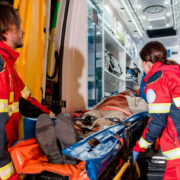
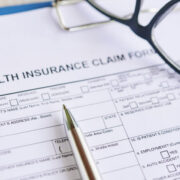
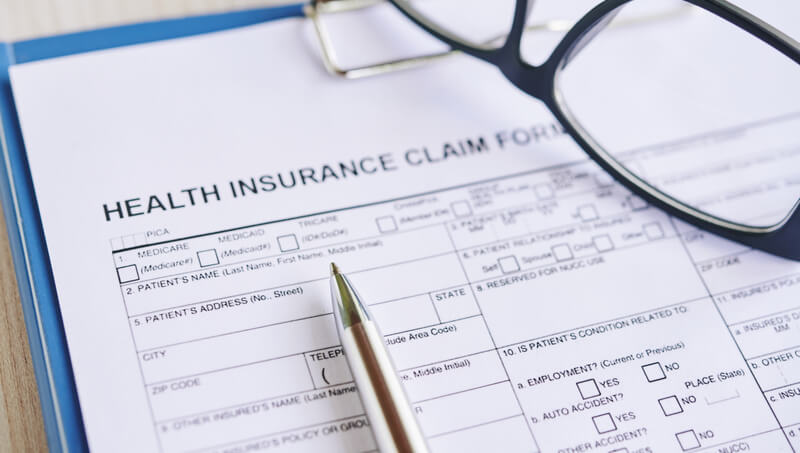


 Michael Trader is President and Co-Founder of RightPatient®. Michael is responsible for overseeing business development and marketing activities, government outreach, and for providing senior leadership on business and policy issues.
Michael Trader is President and Co-Founder of RightPatient®. Michael is responsible for overseeing business development and marketing activities, government outreach, and for providing senior leadership on business and policy issues.




